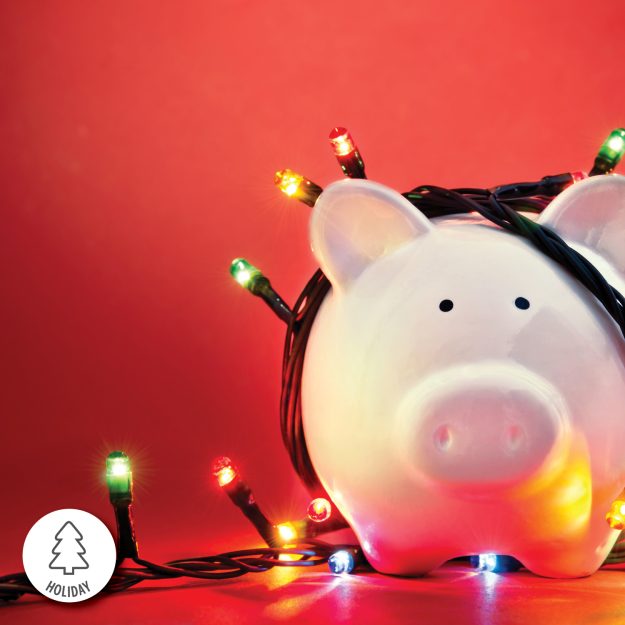
Congratulations! You’ve reached the 12th and final step of the 12 steps to financial wellness. Here, we’ll review the previous steps and adjust this part of your financial health plan as necessary.
Step 1: Track your spending
Are you regularly tracking your spending? Knowing where your money is going will help you make more responsible spending decisions in the future.
Step 2: Create and stick to a budget
Budgets need to be reviewed and tweaked every few months or so to ensure they still work for present life circumstances. If your budget no longer works for you, tweak until it does.
Step 3: Pay down debt
Have you made as much progress in your debt-paying journey as you’d hoped to by this point? Can you beef up any payments to make debt disappear sooner?
Step 4: Talk money with your partner
Have you had the big money talk with your partner? Need to revisit any of the topics you’ve discussed, such as sharing accounts, dividing expenses and saving up for a shared dream?
Step 5: Spend mindfully
Review some of your recent purchases. Are you blowing money on stuff you don’t need instead of relieving stress in a healthier manner? If so, look for better ways to de-stress. Spending mindfully is one of the most important steps to financial wellness.
Step 6: Pay it forward
Are you remembering to pay it forward? The money, time and smiles we share are the only moments that are truly ours.
Step 7: Pay yourself first
Are you remembering to feed your savings? At this time, you may want to consider increasing the amount you’re regularly putting into savings by trimming some discretionary expenses.
Step 8: Know when and how to indulge
Are you remembering to work your just-for-fun expenses into your budget so you can indulge without guilt? Now is a good time to look back at your indulgences to figure out if they were really good uses for your money.
Step 9: Check your credit score
If you’ve been following the rules for boosting and maintaining a high credit score, like paying your bills on time, having several active cards, and keeping your credit utilization low, your score should have improved during these last few months.
Step 10: Think about retirement
Review your retirement accounts and assess whether your funds have reached the place you’d hoped they would by now.
Step 11: Start investing
Make sure your investments are performing well and that your assets are optimally diversified.
Step 12: Review your overall financial health
In this final step, you’ll review your steps to financial wellness on a regular basis, just as you’ve done here.
Reviewing your financial health on a regular basis is an important part of staying financially fit.








